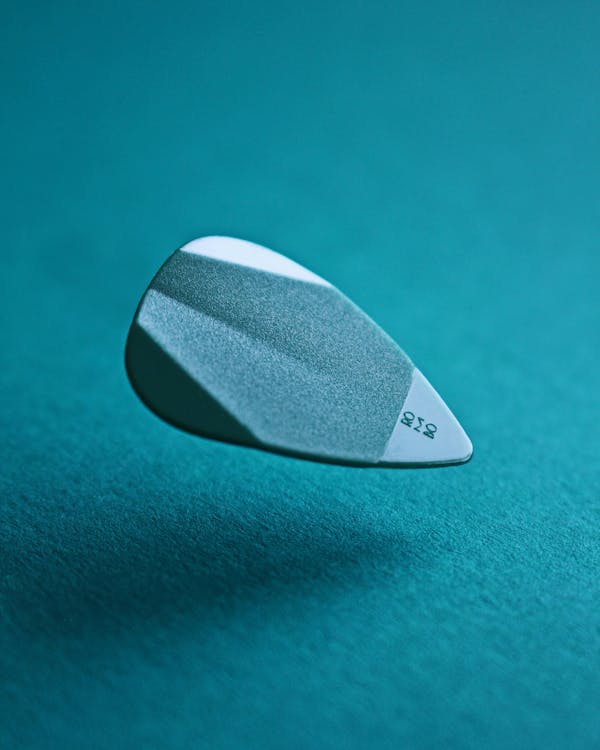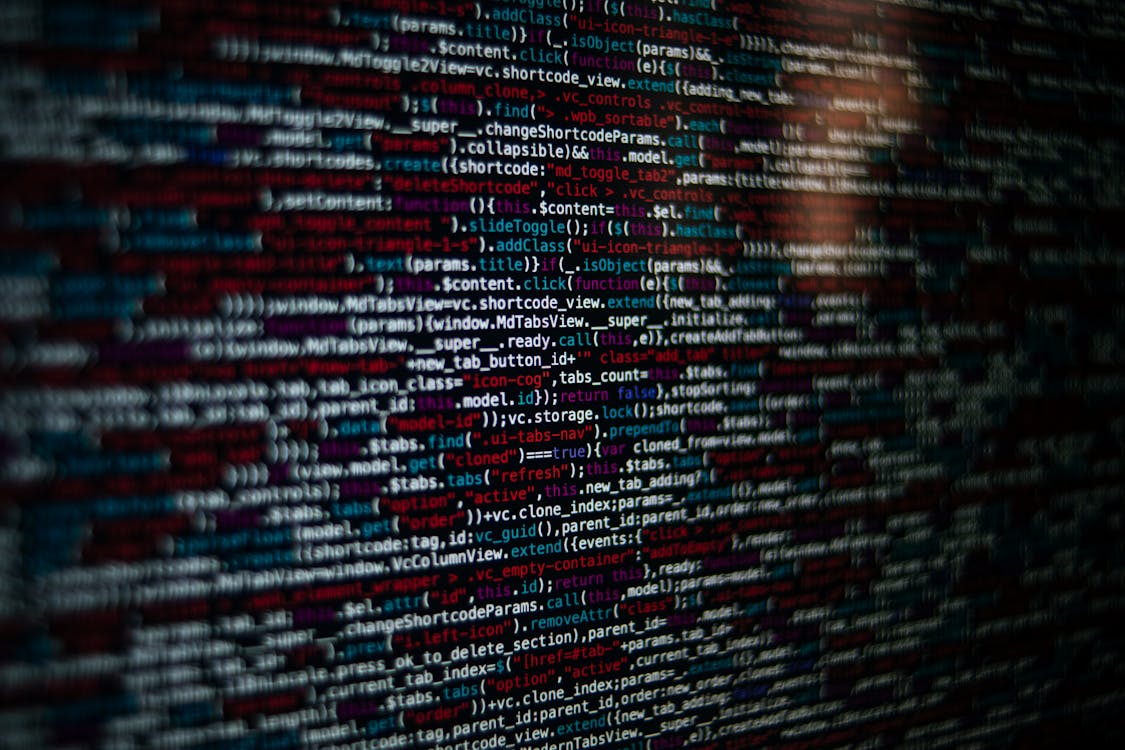Dex1B: How a 1 Billion Demonstration Dataset is Revolutionizing Robotic Dexterous Manipulation

Introduction: Why Robot Hands Need More Data
Imagine teaching a robot to perform everyday tasks—from picking up a water glass to opening a drawer. These seemingly simple actions require massive amounts of training data. Traditional datasets typically contain only a few thousand demonstrations and limited scenarios, much like expecting a child to learn tying shoelaces after watching just 100 attempts.
This article reveals how Dex1B—a groundbreaking dataset with 1 billion high-quality demonstrations—creates new possibilities for robotic manipulation through innovative data generation methods. We’ll explain its technical principles in accessible language and explore its real-world impact.
1. The Challenge of Dexterous Manipulation: Why Data Matters
1.1 The Multi-Fingered Hand Dilemma
While multi-fingered robotic hands offer greater flexibility than simple grippers, their control complexity increases exponentially. Just as humans need years of practice to master chopsticks, robots require extensive “practice data” to learn complex operations.

1.2 Current Data Limitations
Existing datasets face significant shortcomings:
-
Small Scale: Typical datasets contain only thousands of operation records -
Limited Scenarios: Most focus on specific objects or simple tasks -
Insufficient Diversity: Struggle to cover real-world complexity
This resembles training an AI image recognition system with only 100 pictures to identify 10,000 objects—results will naturally be limited.
2. Dex1B’s Breakthrough: The Birth of a 1 Billion Demonstration Dataset
2.1 Dual-Engine Data Generation
Dex1B employs a “Optimization + Generation” hybrid approach, similar to first crafting premium samples with precise molds, then mass-producing with efficient 3D printers:
-
Optimization Engine:
-
Manually creates 5 million high-quality initial data points -
Considers physical constraints like collision detection and joint limits -
Comparable to a Michelin chef handcrafting signature dishes
-
-
Generation Engine:
-
Uses CVAE (Conditional Variational Autoencoder) to learn data distribution -
Ensures physical feasibility through geometric constraints -
Similar to AI generators producing compliant works at scale
-

2.2 Key Innovation: Diversity Enhancement
Researchers discovered generative models easily fall into “comfort zones”—consistently producing similar data. Like showing AI only white swan pictures might prevent it from recognizing black swans.
Dex1B employs a debiasing strategy:
-
Statistics track contact point frequency on objects -
Higher sampling weight assigned to under-represented contact points -
Similar to deliberately exposing AI to various object shapes
3. Technical Highlights: Making Data Generation Smarter
3.1 The Magic of Geometric Constraints
Traditional generative models might produce physically impossible actions—like drawing floating chairs. Dex1B solves this through SDF (Signed Distance Function) loss functions:
-
Simplifies robotic hands into multiple sphere combinations -
Real-time distance calculations between spheres and object surfaces -
Ensures contact without penetration (like maintaining appropriate handshake pressure)
3.2 Task-Oriented Optimization
Custom energy functions designed for different tasks:
-
Grasping Tasks: Emphasizes contact force closure (stabilizing objects in hand) -
Articulation Tasks: Focuses on specific directional forces (like torque for opening doors)
This “customized” generation approach creates data more aligned with practical requirements.
4. DexSimple: Bringing Data to Life
The DexSimple model trained on Dex1B demonstrates impressive results:
-
22% higher grasping success rate: On the DexGraspNet benchmark -
Robust performance: Maintains high performance even with reduced training data -
Strong generalization: Adapts to unseen objects

4.1 Core Design: Conditional Generation
The model can generate corresponding operation sequences based on:
-
Object point cloud features -
Initial hand posture -
Task objectives
Similar to generating cooking steps based on recipes and available ingredients.
5. Real-World Applications: From Simulation to Reality
5.1 Simulation-to-Reality Transfer
Research teams validated results on two physical robots:
-
xArm robotic arm + Ability hand -
H1 robot + Inspire hand
Effective grasp poses can be generated using point cloud data from a monocular camera, valuable for industrial inspection, home services, and other applications.
5.2 Solving Industry Pain Points
Traditional methods rely on expensive human demonstration collection, while Dex1B:
-
Reduces data acquisition costs -
Avoids human operation bias -
Supports complex scenario simulation
Like upgrading manual production with automated factories, data generation efficiency improves 700 times.
6. Future Prospects
Dex1B brings new possibilities to robotics:
-
Multi-Task Learning: Simultaneously mastering composite operations like grasping, opening doors, and pouring water -
Complex Scene Adaptation: Handling challenges like stacked objects and dynamic environments -
Hardware Agnosticism: Applicable to different robotic hand configurations

Conclusion
Dex1B sets a new benchmark in robotic manipulation through innovative data generation methods. Like a digital “vocational training center,” it allows AI to complete massive virtual practice before mastering complex real-world operations. As this technology continues evolving, we’re moving closer to realizing the dream of “robot butlers.”
